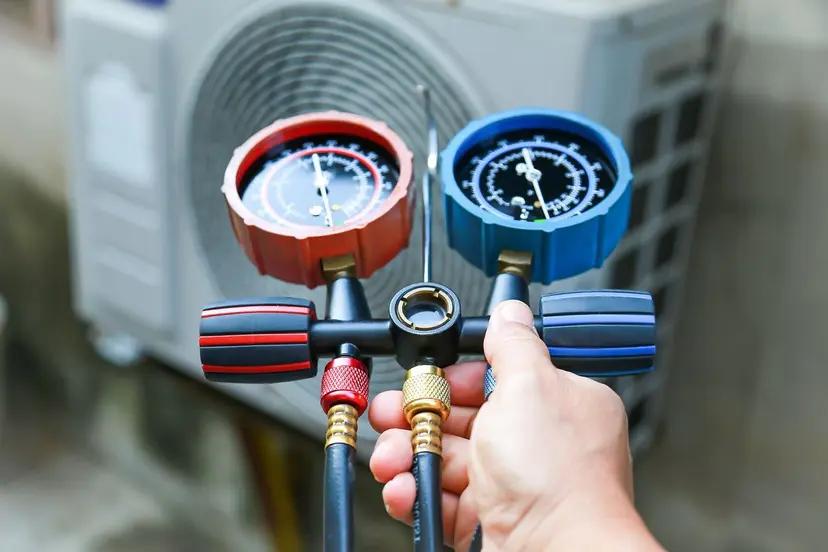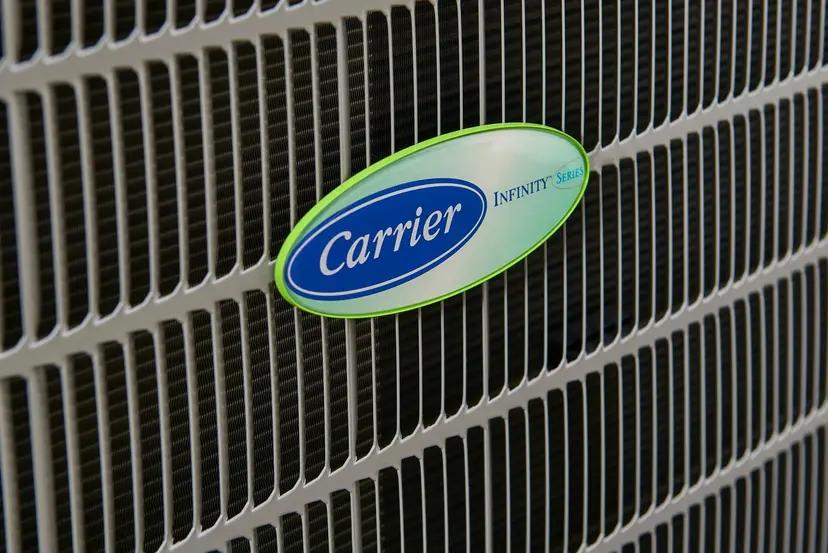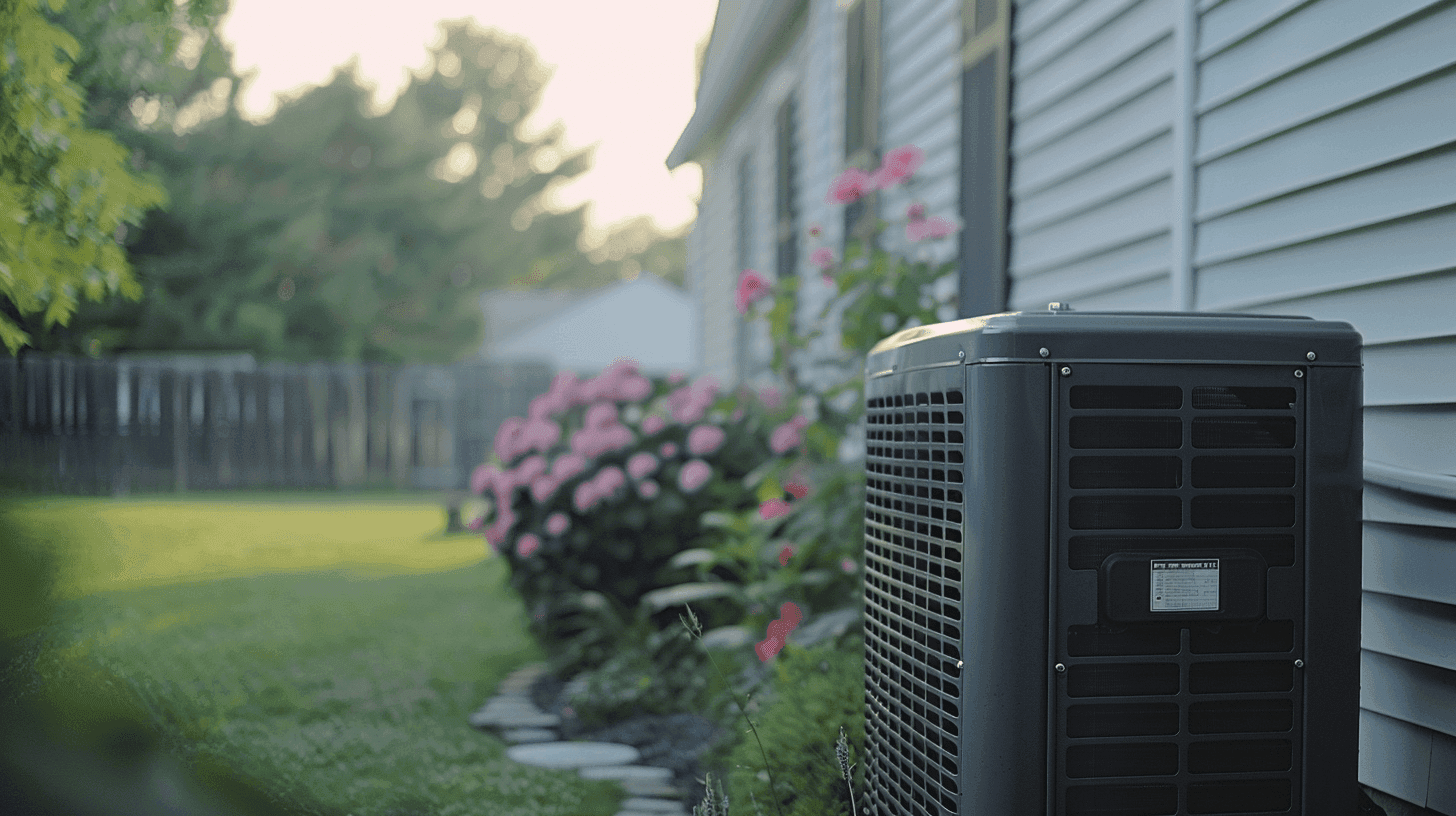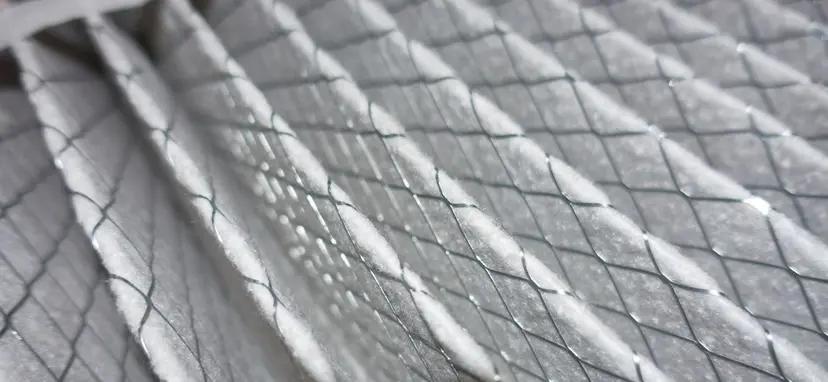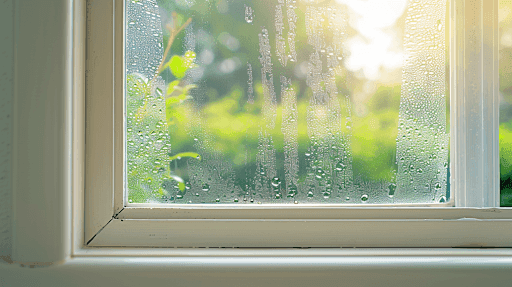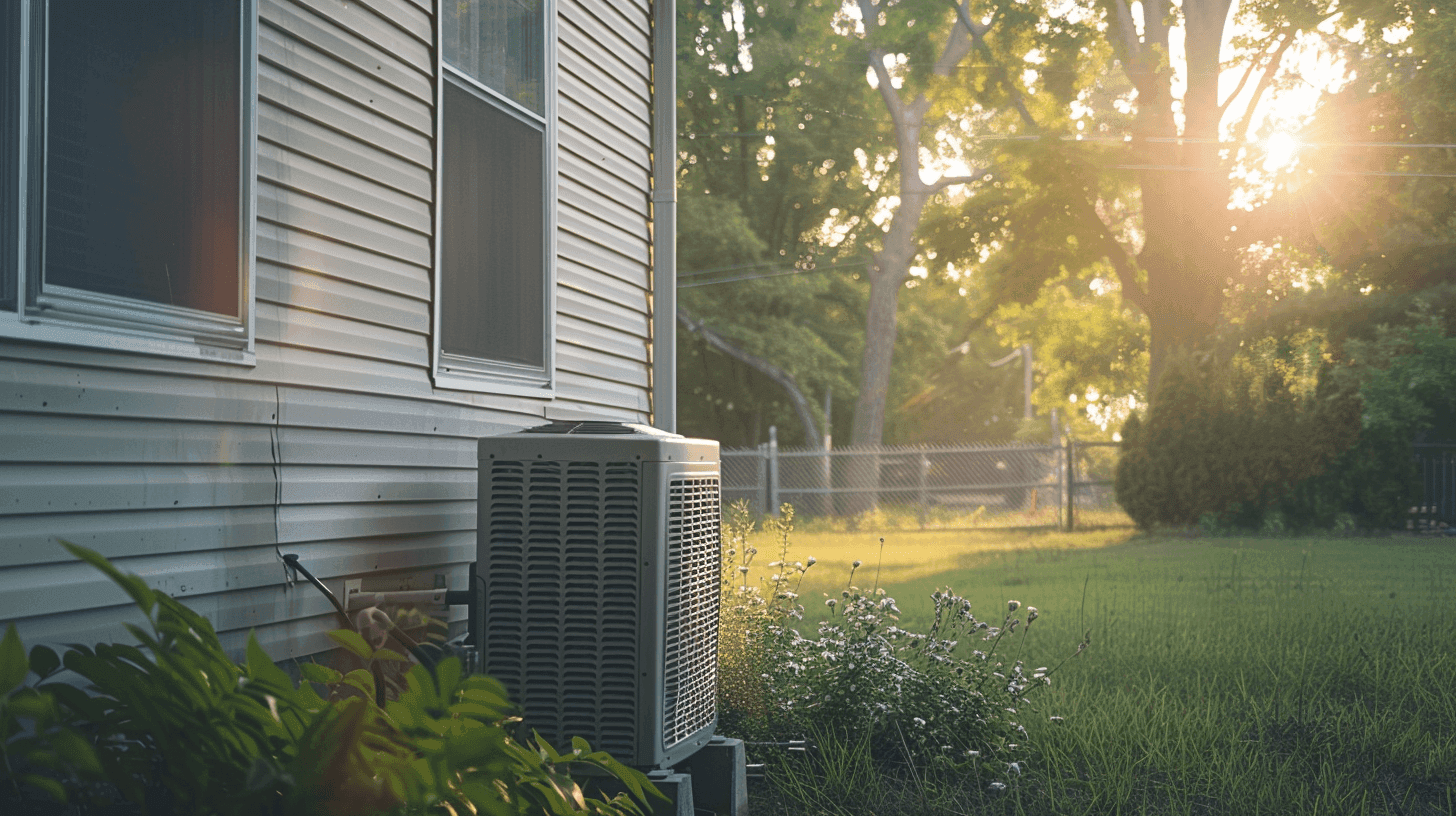
Installing Ductwork in an Old House – What Are My Options?
Sharing your quote takes less than a minute
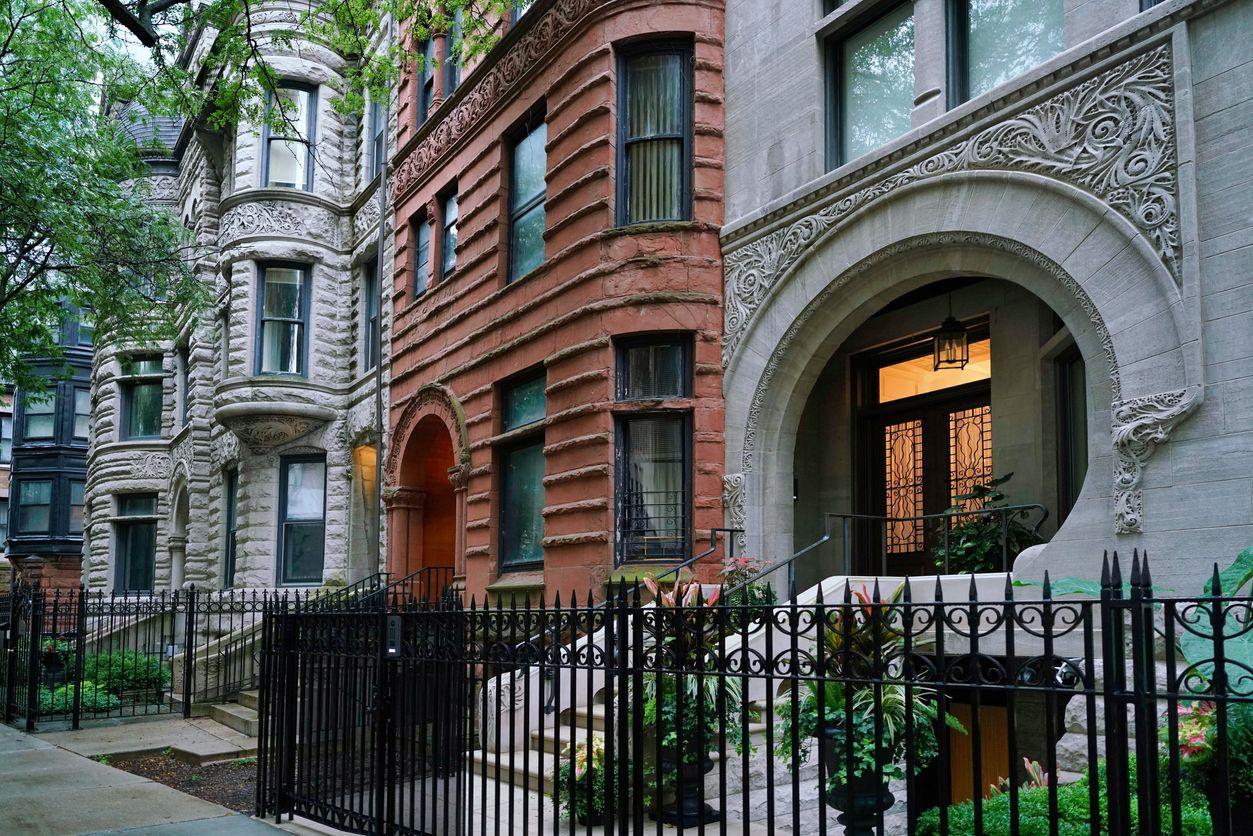
Older homes exude charm and character, but many lack the modern comfort and energy efficiency that central heating and cooling systems provide. The culprit? Ductwork, or the absence thereof.
There are various options available to homeowners looking to bring climate control to their older abodes. Whether you’re considering installing ductwork in an old house for the first time, replacing old ducts, or exploring alternatives like ductless mini-splits and high-velocity systems, HVAC.com has got you covered.
Adding Ductwork to Old House
Ducted heating and cooling systems, now considered a standard feature in new home construction, were not widely adopted until the 1960s and 70s. Before this era, most homes relied on alternative heating methods, such as radiators or wood-burning stoves, and cooling was often limited to open windows and fans.
If your home was built prior to this era and has never had central forced air heating and cooling, you will need to install ductwork if you want to use a furnace and a central air conditioner, or even an air source heat pump system. Adding ductwork to old house structures may be the most substantial undertaking. It involves routing ducts through walls, floors, and ceilings, which can be a significant renovation project.
Before opting for this option, consult with HVAC professionals to assess the feasibility and cost of installing ductwork in an old house. Keep in mind that installation may involve significant disruptions, but the long-term comfort and energy savings can be well worth it.
Replacing Existing Ducts
Over time, duct systems can succumb to wear and tear, which may result in inefficient climate control and a decline in indoor air quality. If you live in an older home with an original duct system, it’s likely past due for replacement.
Typically, duct systems have a lifespan of around 20-25 years, after which they may deteriorate, develop leaks, or accumulate dust and allergens. Replacing these aging ducts not only addresses issues with climate control and air quality but also enhances the overall efficiency and performance of the central HVAC system, ensuring more effective and reliable heating and cooling in older homes.
The cost to install ductwork in an old house can range from $1,500 to $6,000 depending on factors including the square footage of your home, the type of duct materials you use, and labor costs.
Alternative Solutions for Old Houses
The design and construction of historic homes often present unique challenges when it comes to installing ductwork in an old house. Architectural features, such as narrow walls or intricate woodwork, can make it difficult to retrofit traditional ducts without compromising the home’s historical character.
As a result, the constraints posed by the structural and aesthetic aspects of historic homes often lead homeowners to consider alternative HVAC solutions like ductless mini splits or high-velocity systems, which offer more flexibility and are less disruptive to the original design.
Ductless Mini-Splits
Ductless mini-split systems offer a modern and versatile solution for heating and cooling older homes, sidestepping the need for traditional ductwork. These systems consist of an outdoor unit connected to one or more indoor units that deliver conditioned air directly to each space, which can be discreetly mounted on walls or ceilings in various rooms. They require only a small hole through the exterior wall for the refrigerant lines and electrical connections. The absence of ducts not only preserves the architectural integrity of historic homes but also minimizes the labor-intensive installation required for traditional ductwork.
Ductless mini-splits provide zoned climate control, allowing homeowners to customize temperatures in different areas, addressing the common challenge of uneven heating and cooling in older houses. Their energy efficiency and ease of installation make them an excellent choice for retrofitting climate control in older homes while enhancing comfort and energy savings.
High-Velocity Systems
High-velocity systems are another viable choice for homeowners seeking to add climate control to their older homes without extensive ductwork. These systems use small, flexible ducts with a higher airflow velocity, which can make them more suitable for retrofitting into existing structures.
The compact, flexible ducts of high-velocity systems can be routed through walls, ceilings, or floors more easily than traditional ductwork. This is ideal for homes with limited space or architectural features that make conventional duct installation challenging. High-velocity system outlets are smaller and more discreet than traditional vents, making them less obtrusive in your home. This design feature helps maintain the historical charm of your older house.
Carefully Consider Your Options Before Installing or Upgrading Your Ductwork
While older homes provide character and appeal, determining the right type of HVAC system for an older home can be challenging. Before deciding whether to replace your home’s ductwork, install ductwork in an old house for the very first time, or install an alternative HVAC option such as a ductless mini-split or high-velocity HVAC system, carefully weigh your options. Speak with a qualified HVAC contractor who can inspect your current HVAC system and help guide your decision-making process.
Sharing your quote takes less than a minute
